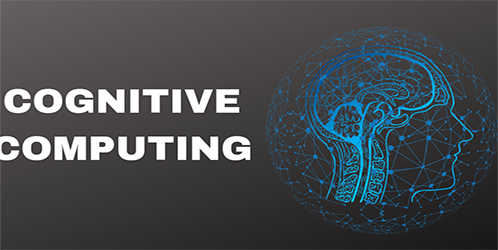
What can cognitive computing do for you?
In February 2011, viewers watched with amazement as IBM Watson went against Brad Rutter and Ken Jennings, two of the sharpest and fastest thinking human beings at that time, and beat them handily at Jeopardy!.
It is not just the speed at which Watson made the decisions that was impressive, but also that it used a confidence score to arrive at an answer. There were times when Watson had the right answer on the board, but with a lower confidence score, so it didn’t ring the buzzer. Another amazing fact is that Watson was conversing with host Alex Trebek as a normal human being would.
In my previous post, I described how cognitive disruption isn’t about man vs. machine; it’s about machines helping mankind by augmenting the human brain. How exactly can that happen?
Well, for starters, it can add a human element to your systems and do it fast. It is more than just looking at random data, understanding it, recognizing a pattern in it and invoking a rule based on that.
As IBM CEO Ginni Rometty recently said when asked what “cognitive at the core” means, “You make your computers almost have all the senses that you and I have, the ability to see, to feel, to hear, and to read.”
The human brain can see and interpret an image, or follow a conversation with about 95 percent accuracy and so does Watson. Imagine the possibilities when you get that power into your systems and remove the human weaknesses such as carelessness, fatigue and overlooking facts.
For the magic of the “man and machine in one” to happen, we need to not only interact effortlessly with each other, but become part of each other. That is what humanizing the computer is all about.
To accomplish this, a true cognitive system must learn at scale, reason with purpose, work with confidence, reduce human-introduced errors and interact with humans naturally.
For example, cognitive systems such as Watson can not only read x-rays, MRI images, CT scans and understand and analyze them just as a specialist would, but they can also learn a patient’s medical history and recommend treatment options just as a human brain would augment decision-making abilities. Watson helped with treating a cancer patient, coming up with same recommendation as two cancer specialists did. Imagine the power of these expert medical recommendations readily available to doctors treating patients in remote locations via mobile phones.
Ultimately, it will be the ability to speak to and understand a user in their native tongue, when they need it the most, in a form that is most consumable (such as mobile apps, speech, text, chatbot or virtual agent), with an understanding of the urgency, needs and emotions at that time, and making critical decisions based on the “human” context in conjunction with the existing data that will add the powerful differentiator for your business in the marketplace.
Either you could do business as usual with an average, programmable-era cloud or look for a cloud solution in the cognitive era that can make possible what was once thought to be impossible.
Cognitive solutions are ready to help us. It’s about time to embrace them.
You can browse through the list of Watson APIs and SDKs to see how Watson can help you build a cognitive enabled smarter solution for you.
This article was originally published in Oracle on Aug 30, 2017 – https://www.ibm.com/blogs/cloud-computing/2017/08/30/cognitive-computing-watson/







